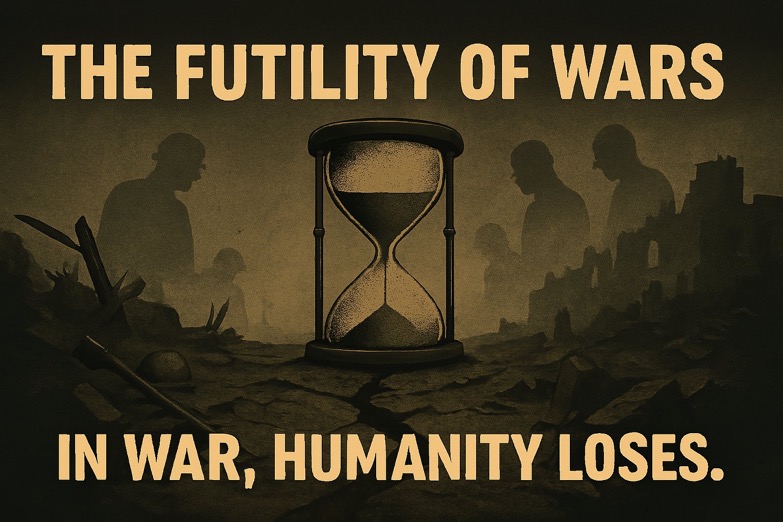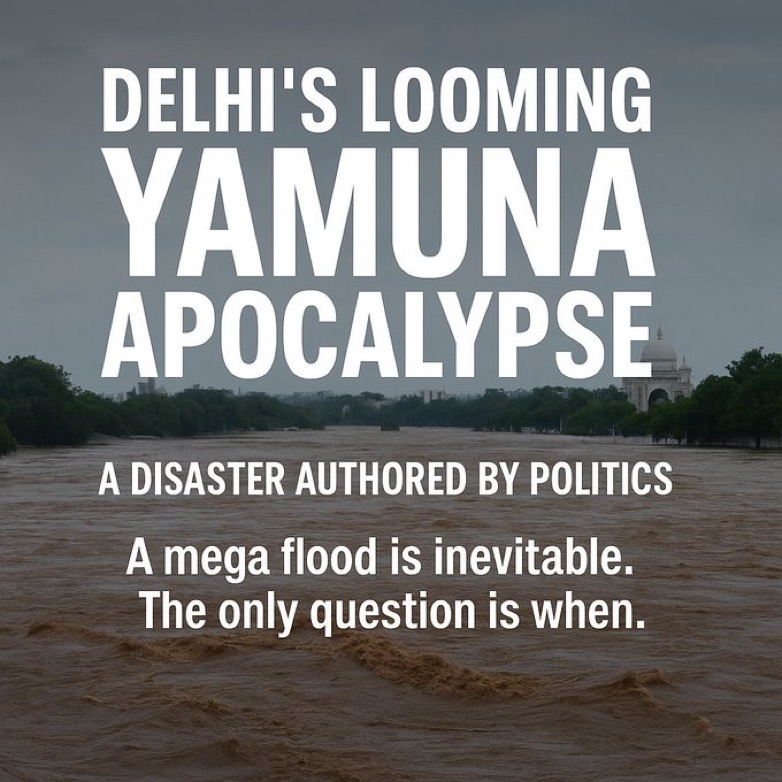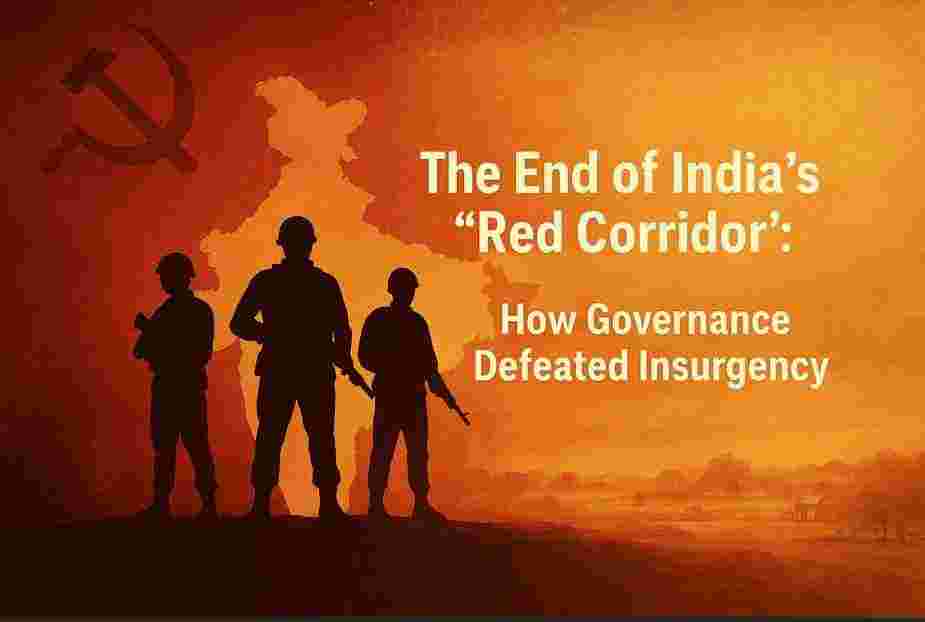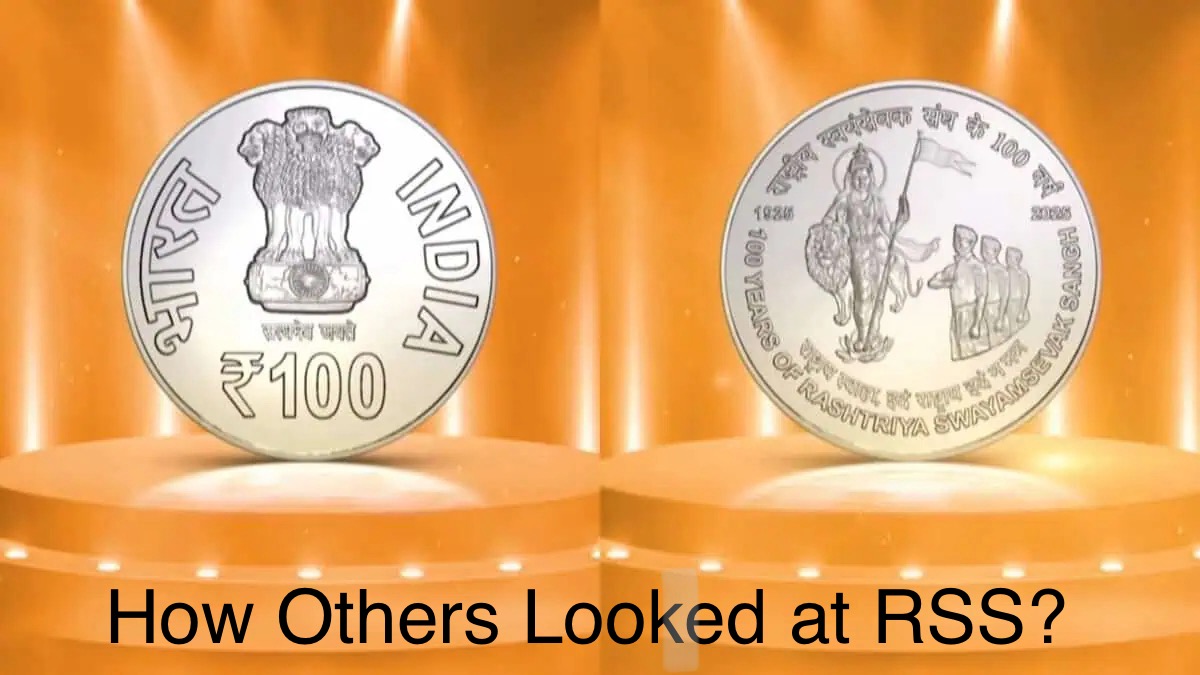
From Kabul to Kyiv, from Gaza to Pahalgam, the world continues to repeat the same mistakes fighting wars that solve nothing, drain nations, and destroy futures. History has offered enough warnings, yet humanity seems condemned to ignore them.
The Afghanistan Tragedy — A Reminder Humanity Never Learns
The recent strike by Pakistan in Afghanistan that claimed the lives of three young cricketers is not just another border incident, it is a grim reflection of a world that has learned little from its past. The loss of those budding cricketers symbols of youthful promise and peace reminds us that the victims of conflict are rarely the decision-makers. They are ordinary citizens whose only crime is to be caught in the wrong place at the wrong time.
This tragedy joins a long list of wars, skirmishes, and “operations” across the last few decades that could all have been prevented with restraint, dialogue, and diplomacy. Yet nations continue to stumble into wars, each justified by the illusion of righteousness and national pride.
Ancient Warnings from the Mahabharata
Thousands of years ago, the Indian epic Mahabharata foretold the moral and human cost of war. As recounted in the story, Vidura, the wise minister in King Dhritarashtra’s court, warned against a catastrophic battle between the Pandavas and the Kauravas. “The outcome of this war will be disastrous,” he said, “Millions will die, leaving behind widows, orphaned children, and parents with no one to care for them. The land will echo with the wails of widows with uncertain futures.”
That ancient warning resonates across millennia. Every modern war from the trenches of Europe to the deserts of the Middle East echoes the same tragic pattern. Political egos and territorial ambitions eclipse human compassion, and when the dust settles, the victors inherit ashes.
The Century of Madness — From Hitler to Hiroshima
The 20th century was meant to be an age of enlightenment and progress. Instead, it became the bloodiest chapter in human history. Adolf Hitler’s twisted vision of Aryan supremacy plunged the world into a conflict that killed an estimated 50 to 70 million people. The holocaust alone exterminated six million Jews, and entire cities in Europe were reduced to rubble.
Parallelly as the world celebrated the defeat of fascism, Joseph Stalin’s purges wiped out millions more through starvation, forced labor, and executions. The supposed liberators became oppressors in their own right.
And then came Hiroshima and Nagasaki. When President Harry Truman with his ridiculous logic of wanting to save American lives authorized the nukong of Japan in 1945, over 200,000 civilians were killed instantly or within months. The cities became symbols of humankind’s most terrifying invention a weapon powerful enough to end civilization itself.
The Second World War should have been the last great conflict. It exposed the utter futility of global domination and the unbearable human cost of ideology. But humanity’s appetite for war did not end. It merely evolved.
The Age of Superpower Wars
In the Cold War that followed, the battlefields shifted from Europe to Asia, Africa, and Latin America. The superpowers the United States and the Soviet Union fought not directly but through proxy wars.
The Soviet invasion of Afghanistan in 1979 was one such tragic example. It drew in the United States, which armed the Afghan Mujahideen to counter Soviet influence. Over two million Afghans died, millions more were displaced, and the seeds of future extremism were sown. When the Soviets finally withdrew, Afghanistan was left in ruins, and Pakistan became a breeding ground for militant groups that would haunt the region for decades.
Similar tragedies unfolded elsewhere. The Iran-Iraq War (1980–1988) killed nearly a million people and achieved nothing but economic ruin for both nations. The Iraqi invasion of Kuwait in 1990 triggered the Gulf War, setting in motion a chain of conflicts that would destabilize the Middle East for generations.
America’s “Forever Wars” and Their Global Fallout
Donald Trump, a man rarely known for his introspection, once used a phrase that captured an uncomfortable truth: “Forever wars.” It referred to America’s decades long military entanglements that began with noble intentions but ended in futility.
After the 9/11 attacks, the United States invaded Afghanistan, seeking to dismantle al-Qaeda and topple the Taliban. Twenty years later, after spending nearly $2.3 trillion and losing more than 170,000 lives (including Afghan civilians), America withdrew leaving the Taliban back in power.
The Iraq War of 2003 was another costly misadventure. Based on false intelligence about weapons of mass destruction, it led to the deaths of an estimated 500,000 Iraqis, displaced millions, and unleashed sectarian violence that gave birth to ISIS.
Meanwhile, the Arab Spring initially a movement for democracy was hijacked by chaos. Libya descended into civil war, Syria became a humanitarian catastrophe with over six million refugees, and Yemen turned into one of the world’s worst humanitarian crises.
The Wars That Could Have Been Avoided
When one reviews the wars of the last 50 years, a chilling pattern emerges: nearly every one of them was avoidable.
– The Soviet–Afghan conflict could have been resolved through regional diplomacy rather than global rivalry.
– The Iran–Iraq war was fueled by ego and external encouragement.
– The Gulf War could have been prevented through sustained negotiation.
– The Arab Spring crises turned violent because of foreign interference and internal power struggles.
– The Ukraine war, born out of NATO expansion and Russian paranoia, has now killed more than 600,000 soldiers and civilians combined and displaced millions.
– The recurring India–Pakistan skirmishes from Kargil to Pahalgam have claimed thousands of lives without shifting borders by even a few inches.
Each war began with a claim of self-defense or liberation. Each ended with shattered economies, lost generations, and unresolved animosity.
Counting the Cost — Human, Economic, and Environmental
Wars don’t just kill people; they cripple economies and poison the planet. Global military spending reached over $2.4 trillion in 2024. For perspective, that’s nearly ten times the annual UN humanitarian budget and enough to end extreme poverty worldwide for decades.
The U.S. alone spends about $850 billion annually on defense more than the next ten countries combined. Meanwhile, infrastructure crumbles, healthcare budgets shrink, and millions of children go hungry.
The environmental damage is equally staggering. Modern warfare releases vast quantities of greenhouse gases. Studies estimate that the Iraq and Afghanistan wars generated more carbon emissions than all the world’s passenger cars running for five years. Bombings and explosions destroy ecosystems, contaminate soil and water, and contribute to long-term health crises.
And then there’s the human toll, the widows, the orphaned, the displaced. The UN estimates over 110 million people worldwide are now forcibly displaced many as a result of war. Behind every statistic is a family uprooted, a dream extinguished.
The Military–Industrial Machine
One of the least discussed but most powerful forces behind modern conflict is the military–industrial complex the vast web of defense contractors, lobbyists, and policymakers who profit from perpetual war.
In the United States, the defense industry employs millions and exerts immense influence in Washington. Every new conflict means new contracts, new weapons, and new profits. The same pattern is replicated globally, Russia, China, France, and the UK all rely on arms exports as major sources of revenue.
This industrial ecosystem thrives on fear. Every geopolitical crisis becomes a marketing opportunity. Drones, missiles, tanks, and surveillance systems are sold in the name of security but they also ensure that peace remains just out of reach. With a quarter of this money, we could eradicate poverty across the globe, cure diseases, and build the proverbial Heaven on Earth. Yet the machinery of war keeps turning, because peace, for all its virtue, is not as profitable.
What Peace Could Have Built Instead
Imagine if even one-fourth of global military expenditure were redirected toward human development.
– The $2.4 trillion annual defense budget could fund education for every child on Earth and still leave billions for clean energy research.
– A fraction of what was spent on the Iraq and Afghanistan wars could have provided universal healthcare in the developing world.
– Investments in climate adaptation could prevent the displacement of millions due to rising seas and droughts displacements that often become triggers for future conflict.
Peace is not a naïve dream, it is the most rational investment humanity could make. The true measure of a nation’s strength lies not in its arsenal but in its ability to uplift its people.
The Enduring Lesson
From Vidura’s ancient wisdom to the nuclear age, the message has remained unchanged: no one truly wins a war.
The latest AfPak skirmish is a reminder that the same story is being rewritten in different languages, across different lands. Three young cricketers died not in a battle they chose, but in a moment shaped by decades of hostility. Their dreams, like millions before them, became collateral damage in humanity’s endless rehearsal of destruction.
If history teaches anything, it is that every war no matter how justified it seems ends in regret. The question is whether the next generation will heed the lesson, or whether we will continue to repeat the same fatal error, convinced each time that this war will be different.




